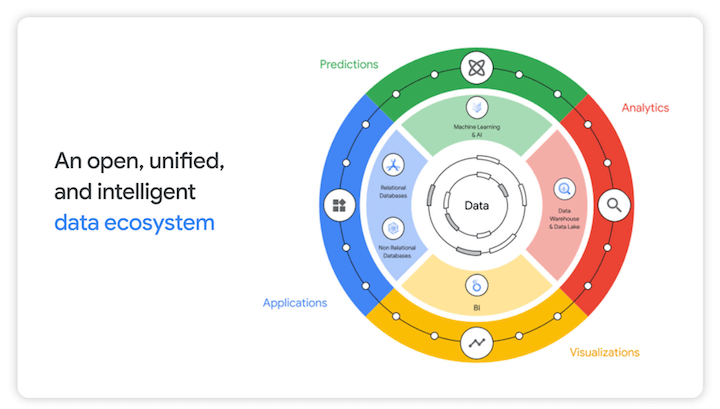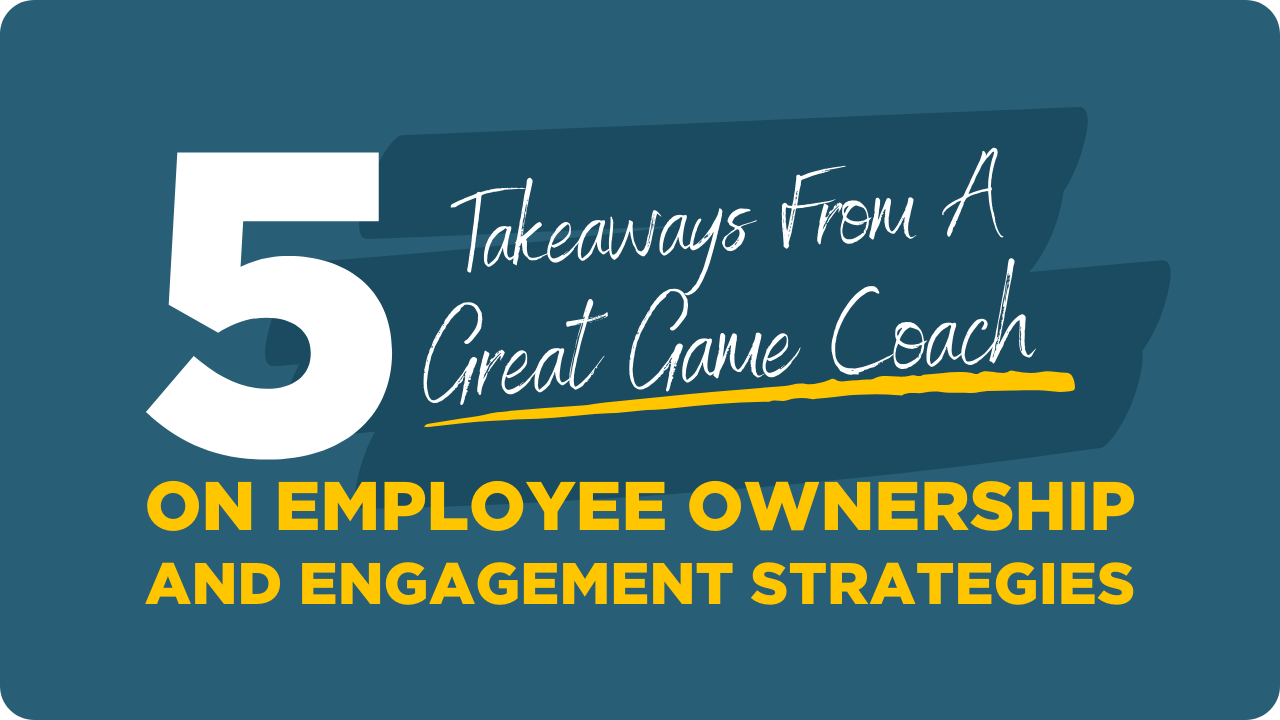ESG investing cries out for trained finance professionals
Finance learners at NYU Stern Faculty of Enterprise master about environmental, social and governance (ESG) investment with the assistance of tricky hard cash as perfectly as lectures. They commit true money by way of a teaching fund that is at the heart of an experiential finding out study course. But location up an ESG portfolio proved to be an instruction for staff members as perfectly as learners.
An array of ESG standards and metrics manufactured the start a time-consuming course of action. “Even once we’d begun the fund and put the money in it, it took us at the very least a month in advance of we bought our to start with inventory,” states Anthony Marciano, a clinical finance professor at Stern, in New York Town.
Prof Marciano teaches the study course based mostly on administration of the Michael Value University student Expenditure Fund, a spouse and children of resources with a benefit of about $2m. “The other resources begun from the get-go. With a benefit fund it is effortless to decide your benchmark,” Prof Marciano states. “But we ran into a large amount of complexities [with the ESG fund] that we wouldn’t have had with the other resources.”
Finance academics and learners are not alone in emotion perplexed. Above the earlier yr, buyers have poured money into shares and portfolios with an ESG aim. Proof reveals that they conduct perfectly and may well even climate world-wide crises these kinds of as the coronavirus pandemic better than other resources.
But what is often explained as an “alphabet soup” of acronyms denoting the diverse sorts of ESG analysis and reporting — from SASB and GRI to TCFD and GIIRS — leaves firms and asset supervisors, as perfectly as finance professors, scratching their heads.
“Companies are sinking in a sea of too much information,” states Colin Mayer, professor of administration experiments at the University of Oxford’s Saïd Enterprise Faculty. “They are baffled and irritated by the sum of details that they are anticipated to offer.”
This would make it hard to acquire classes that deal with ESG analysis, states Prof Mayer. “One can train the most broadly made use of and accepted strategies,” he states. “But what is hard to do in phrases of planning a study course at the second is say: ‘This is the typical that will emerge as the a person that is likely to typically be utilized.’ That level of clarity is not still there.”
If the teaching of ESG investment analysis is nevertheless evolving, so too is the inclusion of sustainable investing in main finance classes.
“There are pretty handful of finance programmes that contain social responsibility, ESG and sustainability as dominant themes to be lined in all features of finance schooling,” states Bruno Gerard, who teaches ESG analysis at BI Norwegian Enterprise Faculty, which is creating an MSc in sustainable finance.
When sustainable finance is taught, it is often by way of electives. Alternatively, it needs to be integrated into mainstream finance programmes, states Martina Macpherson, senior vice-president, ESG, at threat assessment organization Moody’s, who in 2018 was portion of a United kingdom government-led task power on social impact reporting.
“Otherwise we are making topic matter gurus in silos,” she states. “So it eventually has to be in the main finance study course.”
She adds that portion of the challenge is that right up until not too long ago publications these kinds of as tutorial journals seldom integrated study on evaluating the social and environmental impact of sustainable investments. “In finance-led journals it is altering,” she states. “But it is pretty recent.”
This has proved a obstacle for Norway’s BI in the advancement of its MSc in sustainable finance.
“When we had been looking all around for textbooks that we could use, we only located two or three,” states Prof Gerard. “And they do not establish on a pretty sturdy tutorial custom.”
This may well get started to change by way of the endeavours of initiatives these kinds of as the Community for Sustainable Monetary Markets, of which Ms Macpherson is president.
“We’re looking at how to convey the upcoming generation of sustainable finance leaders into the domain by way of instruction and by way of the forward-looking perspective of careers and chances,” she states.
Some classes are emerging from outside the business enterprise college sector. In April, for case in point the IIX Affect Institute — portion of IIX, which was made to acquire the world’s to start with shown trade for impact investing firms — introduced an online study course named Measuring Affect for Sustainability.
In the meantime, Prof Gerard believes other forces will speed up the teaching of ESG analysis in finance. “There is student need for this,” he states. “But also in Norway all the asset supervisors come to us and say: ‘We have to run ESG resources, our clientele want them, and we do not have persons who can run them.’ So there’s acute need from the employer aspect.”






